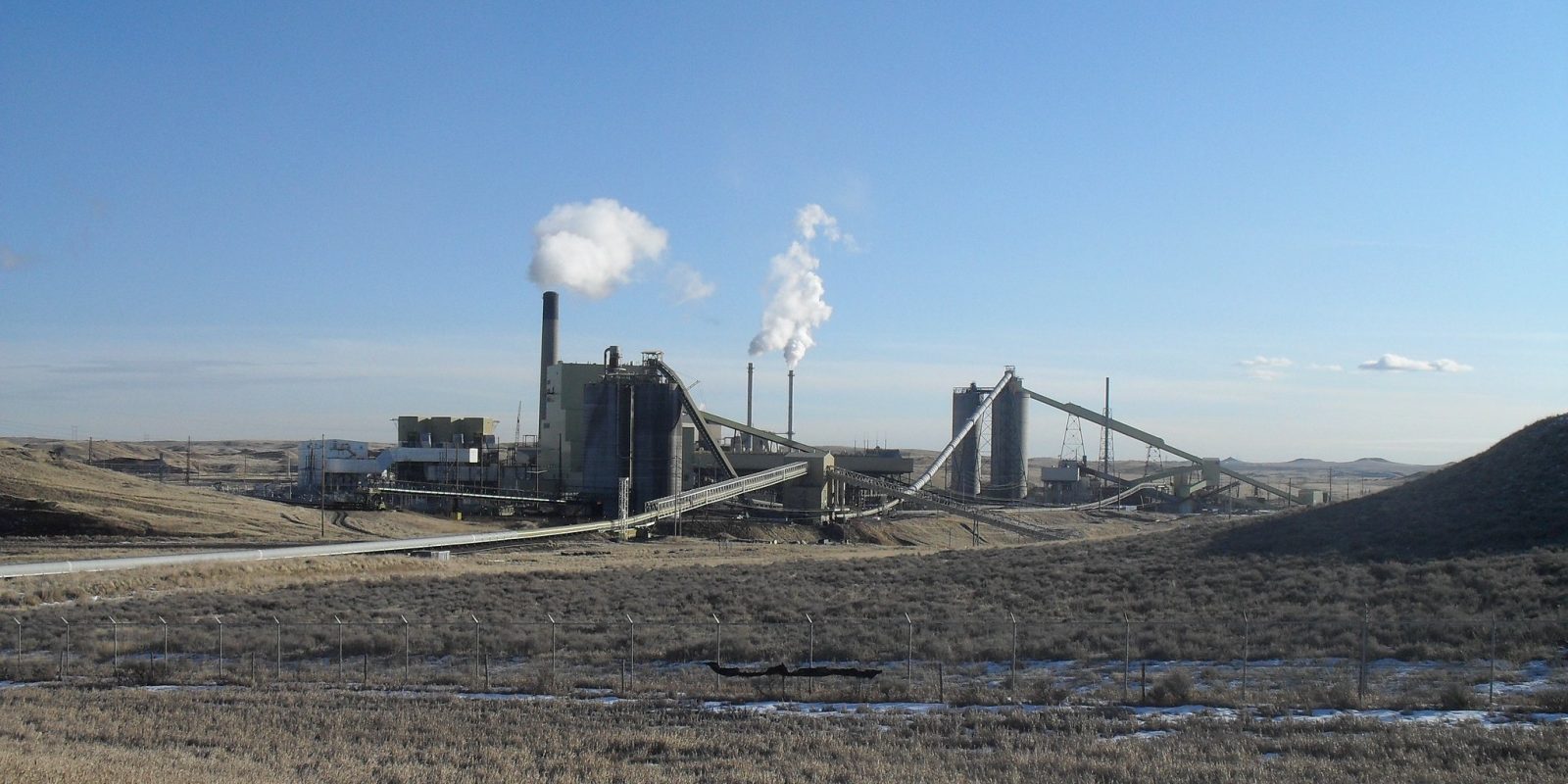Michelle Lewis
- Aug. 30th 2021

Wyoming has been the US’s top coal producer since 1986. But while the state stubbornly clings to the fossil fuel, its largest utility is dumping coal in favor of renewables.
PacifiCorp is ditching coal in Wyoming
Rocky Mountain Power is Wyoming’s largest electric utility, and its parent company, PacifiCorp, announced on Friday, according to KPVI, that its biennial Integrated Resource Plan is expected to “include substantial investment in renewables — and no new investment in coal or natural gas. The 2021 plan will be finalized next week.”
KPVI continues:
PacifiCorp intends to retire 14 of its 22 active coal units by 2030 and another five by 2040, with the remaining three shuttered shortly afterward. It would retain two coal units at Wyoming’s Jim Bridger power plant, converting them to natural gas peaking units in 2024.
All of PacifiCorp’s Wyoming coal plants would be offline by 2039, according to this year’s plan…
…Compared with a 2005 baseline, system CO2 emissions would be down 53% in 2025, 74% in 2030, and 92% in 2040, according to the company’s calculations.
Further, PacifiCorps plans to add more than 3,600 megawatts of wind, more than 5,600 megawatts of solar, and around 6,700 megawatts of battery storage.
The driver of PacifiCorps’ coal retirement? It’s bad business, and the company has known that since 2018:
[A] 2018 company report found that 13 of its 22 coal units were uneconomical. In the 2021 announcement, it cited “ongoing cost pressures on existing coal-fired facilities and dropping costs for new resource alternatives.”
Wyoming legislators cling to coal
In response, Wyoming legislators tried to stop utilities from shutting coal plants by passing a bill that went into effect last month. Oil City News explained in March 2020:
Wyoming Governor Mark Gordon [R-WY] signed Senate File 21 into law on Tuesday, March 10. That bill will require electric public utilities to “first make a good faith effort” to sell coal-fired electric generation facilities before retiring such facilities.
The rules will go into effect July 1, 2021, and will allow non-utilities to purchase otherwise retiring coal fired power plants and sell energy to industrial customers.
Rob Godby, associate professor of economics at the University of Wyoming, told KPVI:
Wyoming policy has actively tried to resist the transition away from coal and to prolong plant lives and mine lives.
And so far, just looking at the outcomes, that’s been largely unsuccessful.
Wyoming’s energy profile
Wyoming produces 14 times more energy than it consumes. It’s the biggest net energy supplier among the states, according to the US Energy Information Administration (EIA).
While it was responsible for around 39% of all coal mined in the US in 2019, and the state holds more than one-third of US coal reserves at producing mines, it’s also a growing wind producer. The EIA writes:
Wind power in Wyoming has more than doubled since 2009 and accounted for 12% of the state’s electricity net generation in 2020. The state installed the third-largest amount of wind power generating capacity in 2020, after Texas and Iowa.
Read more: Why Wyoming’s coal habit is turning it into an energy dinosaur
Photo: “Eastern Wyoming Coal Mine near Gillette, WY” by ccvedros is licensed under CC BY-NC-SA 2.0
No comments:
Post a Comment